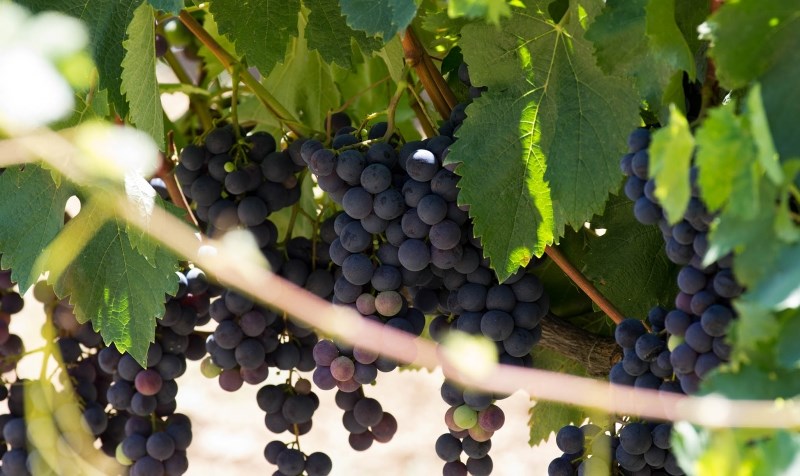İncesu Karaevrek grape is a local grape variety belonging to the vitis vinifera L. species and is cultivated in a geography limited to the İncesu district of Kayseri. This grape, which has distinctive characteristics thanks to the district's climate, volcanic-origin soil structure, and viticulture tradition, received geographical indication registration as a “designation of origin” on September 22, 2014. The registration process was carried out by the İncesu Municipality, and the product was announced in the Official Gazette dated December 12, 2015.

Karaevrek Grape (İncesu Kaymakamlığı)
Distinctive Characteristics
Karaevrek grape stands out with its thin skin and small berries, as well as its sweet aroma. Its clusters are short and sparsely structured (seyrek). The grapes usually contain 2–3 seeds. The fruit flesh is colorless and very sweet. Its leaves are small, 5-lobed, and moderately hairy on the lower surface.
In the İncesu region where the grape is grown, extrusive tuff soils and alluvial structures originating from the Erciyes, Hasan, and Melendiz mountains are seen. The fact that these soils are calcareous and rich in organic matter provides an ecology suitable for viticulture. The district's location at an altitude of 1100 meters brings with it continental climate conditions with hot and dry summers and cold winters. According to the long-term average, the annual temperature is 16.5 °C, and the annual precipitation amount is approximately 358 mm.
Chemical and Physical Characteristics
Analysis results reveal that the grape has high sugar and nutritional value:
- In fresh grapes: Brix value approximately %26, fructose %8.8, glucose %11.7
- In dried grapes (raisins): Brix value approximately %57, fructose %20, glucose %23 Total phenolic content is 118 mg GAE/100 g in fresh grapes and 201 mg GAE/100 g in dried grapes.
- Antioxidant capacity (% inhibition) was measured as %19.5 in fresh grapes and %26.5 in dried grapes.
- These values make the karaevrek grape nutritious and valuable both for fresh consumption and as dried grapes (raisins).
Production Method
In Karaevrek grape cultivation, the regular pruning, fertilization, and protection of the vineyards against pests are essential. Pruning operations generally begin at the end of April and are completed in May; they can continue until November depending on seasonal conditions. It takes about 5 years for newly planted saplings to yield fruit. The harvest period is generally August.
Grape saplings are produced by planting cuttings in the spring. The shoots obtained from the cuttings are cleaned in June to increase the yield of the main body. Importance is given to the use of natural animal manure in production. Sulfur applications are generally used against pests, and protection is provided against diseases such as spider mites, grapevine itch mites, powdery mildew, and downy mildew.
Inspection and Registration
The product's compliance with the geographical indication characteristics is inspected by a commission of at least five people, consisting of representatives from the Chamber of Agriculture (Ziraat Odası), the District Directorate of Agriculture and Livestock, Agricultural Credit Cooperatives, and producers, under the coordination of the İncesu Municipality. Inspections take place in three stages:
- Soil cultivation (In October)
- Spring pruning and soil cultivation (In March)
- Harvest and presentation to the market (In August)
The products offered to the market are generally put on sale in 10–15 kg crates or 1–2 kg packages.


